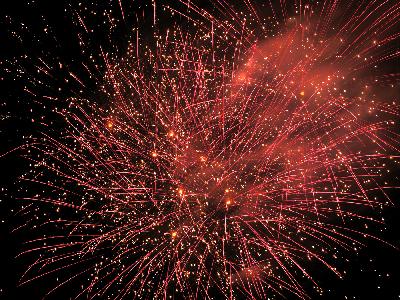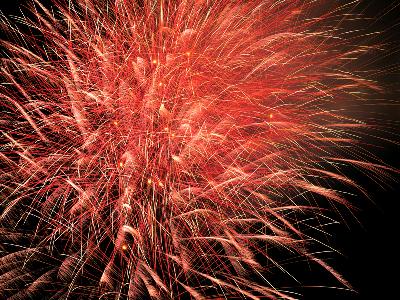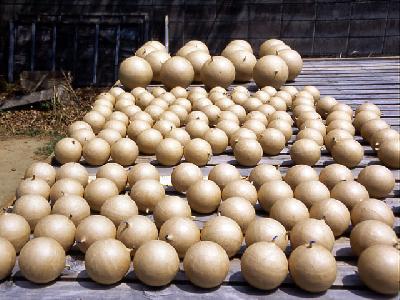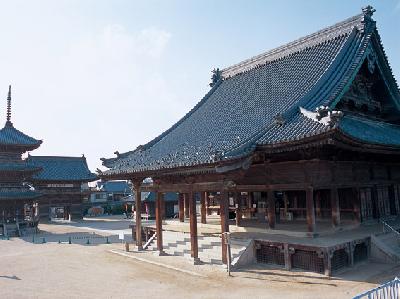|
The firework that colors the night of a summer is made using gunpowder and metal powder. The various metal powders are mixed in to produce color.
Evidence of the use of firecrackers have been found in China that date back to about the 3rd century BC. During the 6th century, firecrackers evolved with the use of gunpowder. In the beginning, they were like rocket fireworks and were not used as official weaponry.
Fireworks were first manufactured in Japan in the 16th century after the introduction of guns. According to the 'Kyu-chu Hisaku', it is recorded that Tokugawa Ieyasu viewed fireworks in 1613 within the premises of Edo castle. This is also the oldest record of the Japanese word for firework: 'hanabi'.
Evidence of the use of firecrackers have been found in China that date back to about the 3rd century BC. During the 6th century, firecrackers evolved with the use of gunpowder. In the beginning, they were like rocket fireworks and were not used as official weaponry.
Fireworks were first manufactured in Japan in the 16th century after the introduction of guns. According to the 'Kyu-chu Hisaku', it is recorded that Tokugawa Ieyasu viewed fireworks in 1613 within the premises of Edo castle. This is also the oldest record of the Japanese word for firework: 'hanabi'.
| [+ADDRESS] | 
|

















